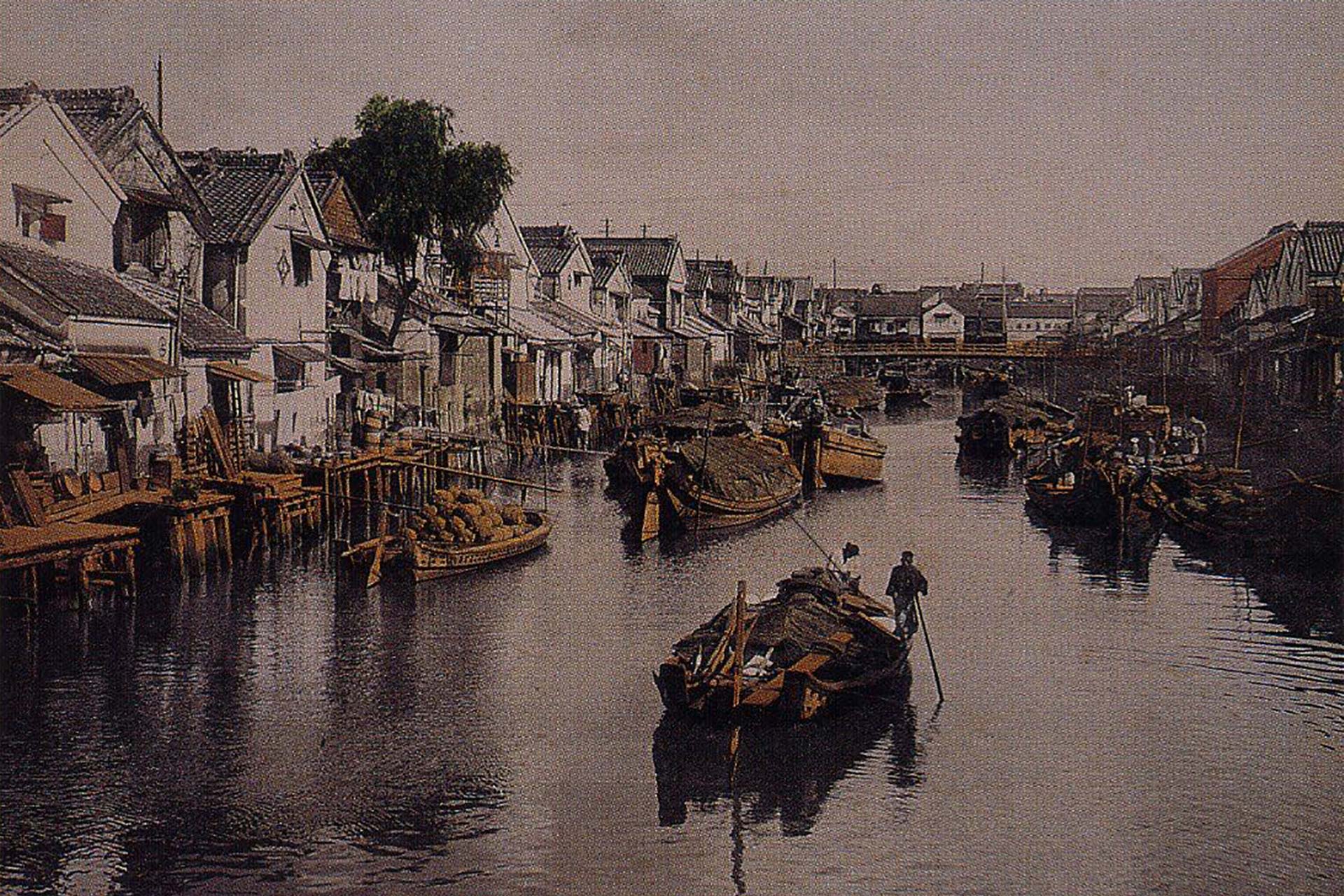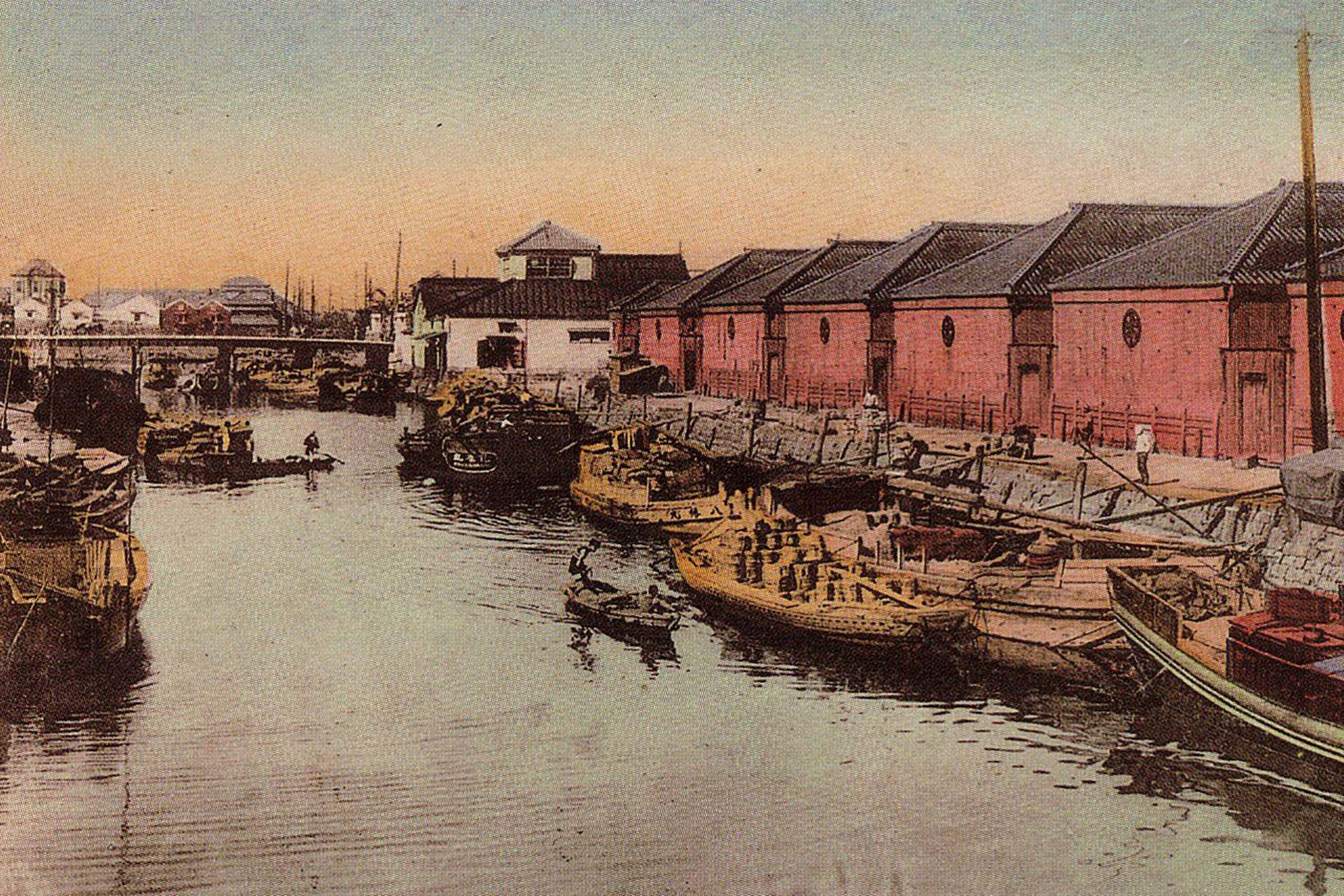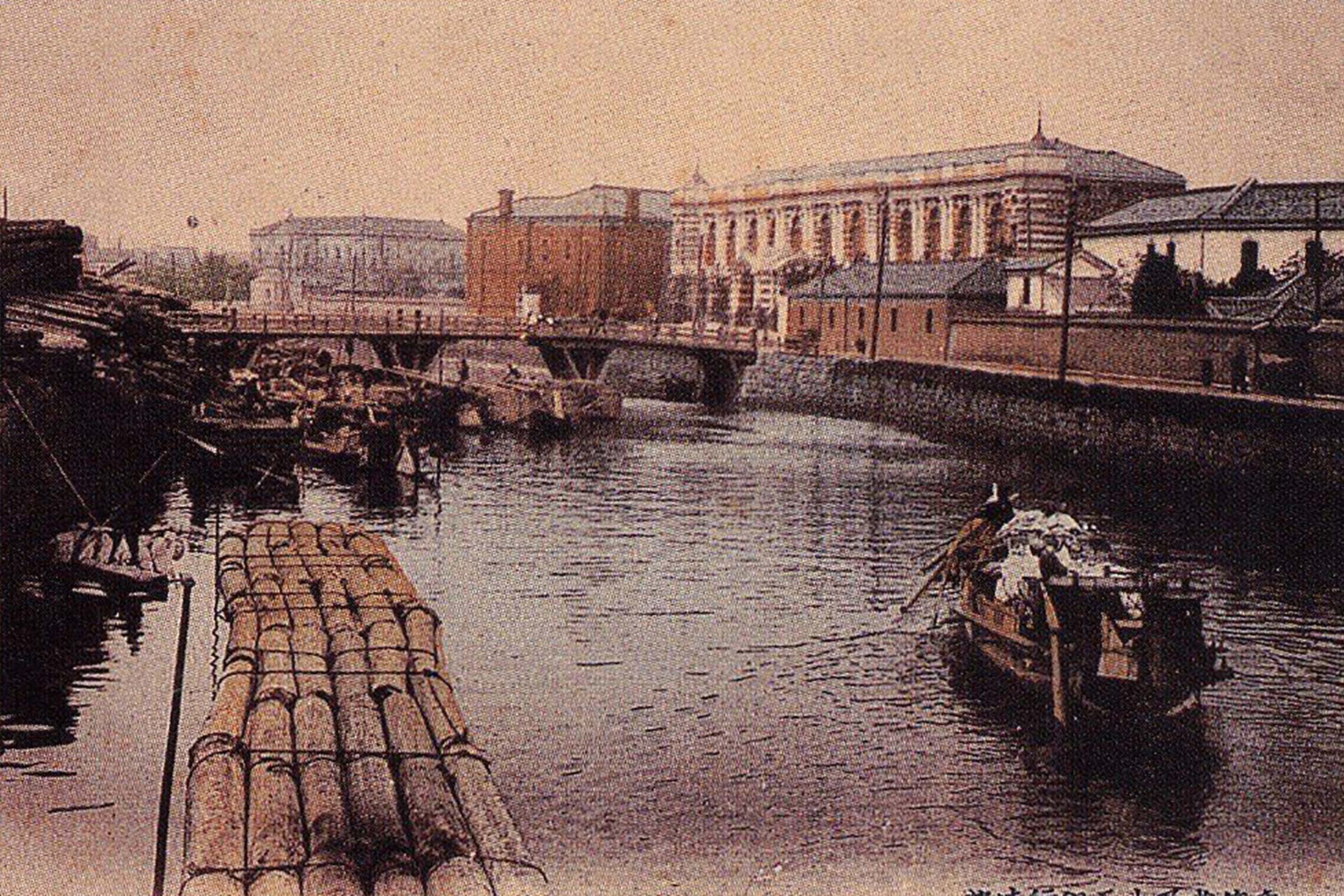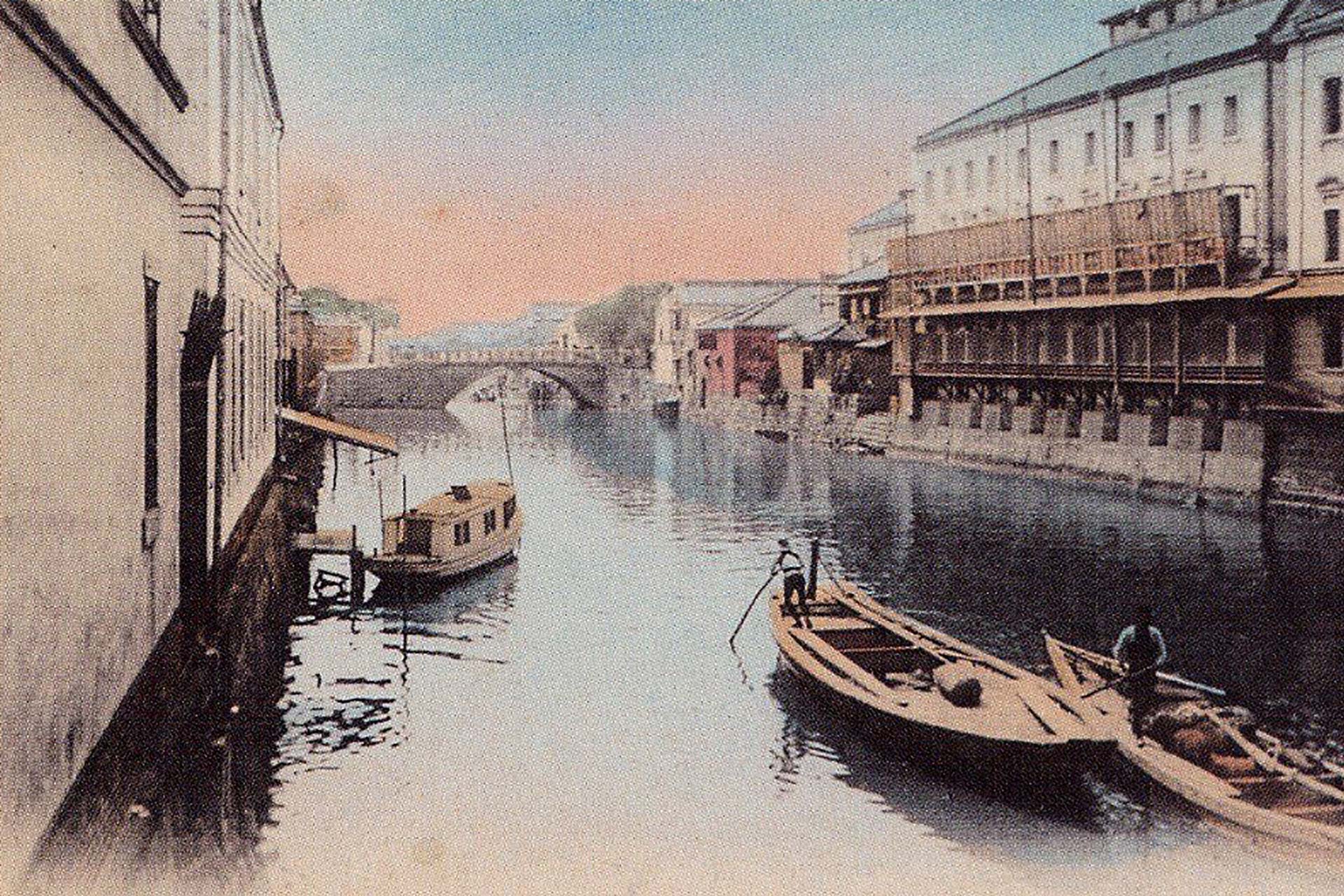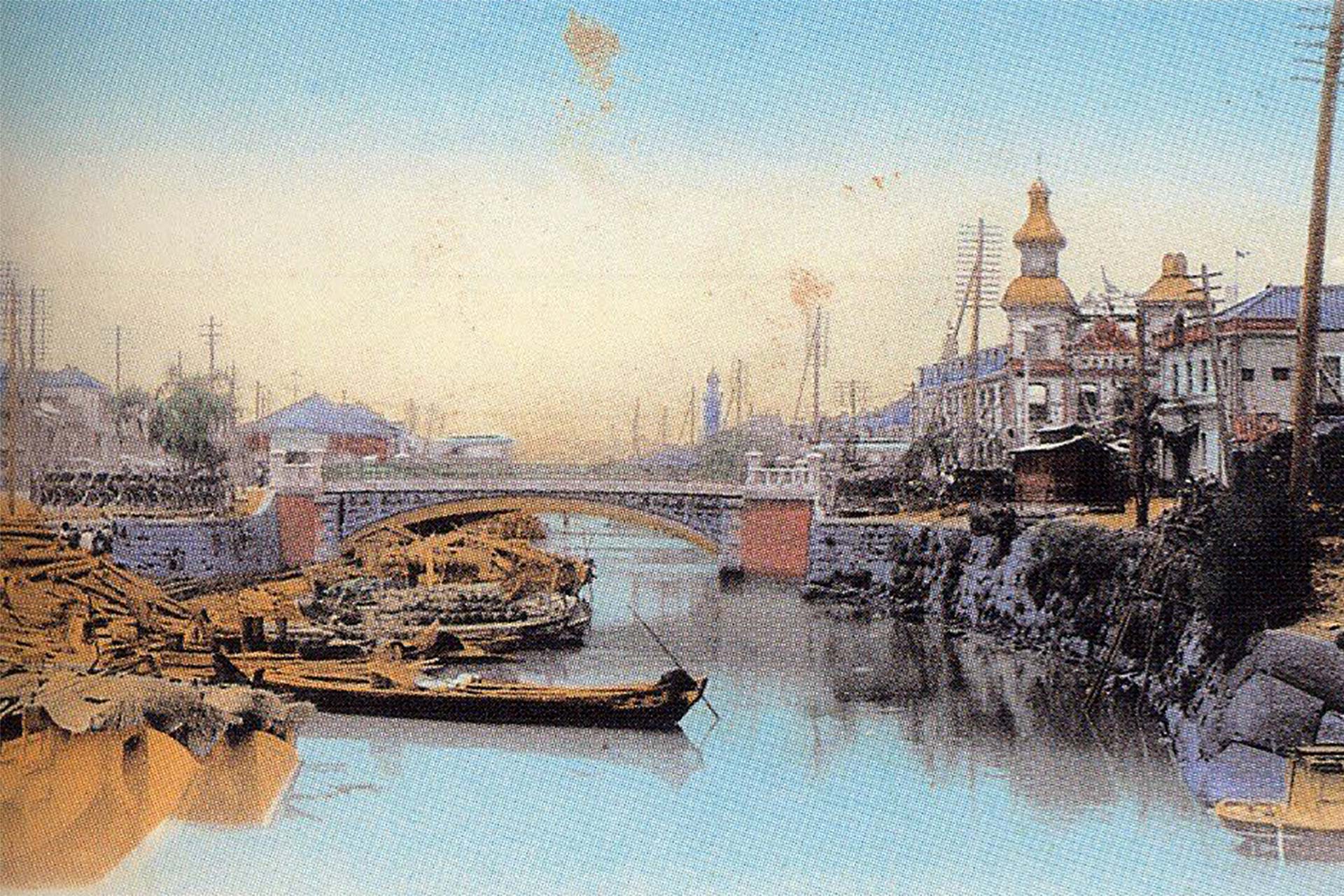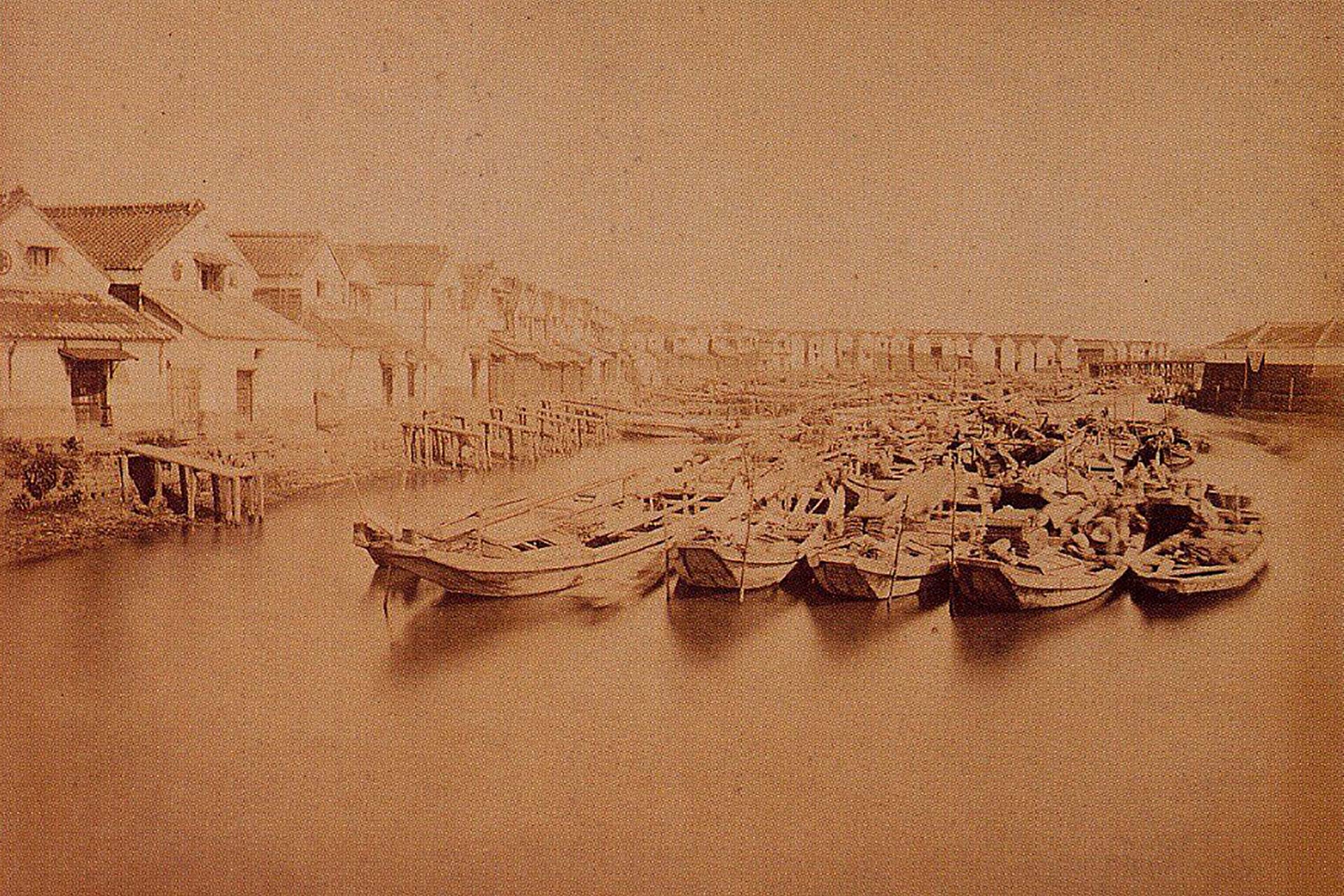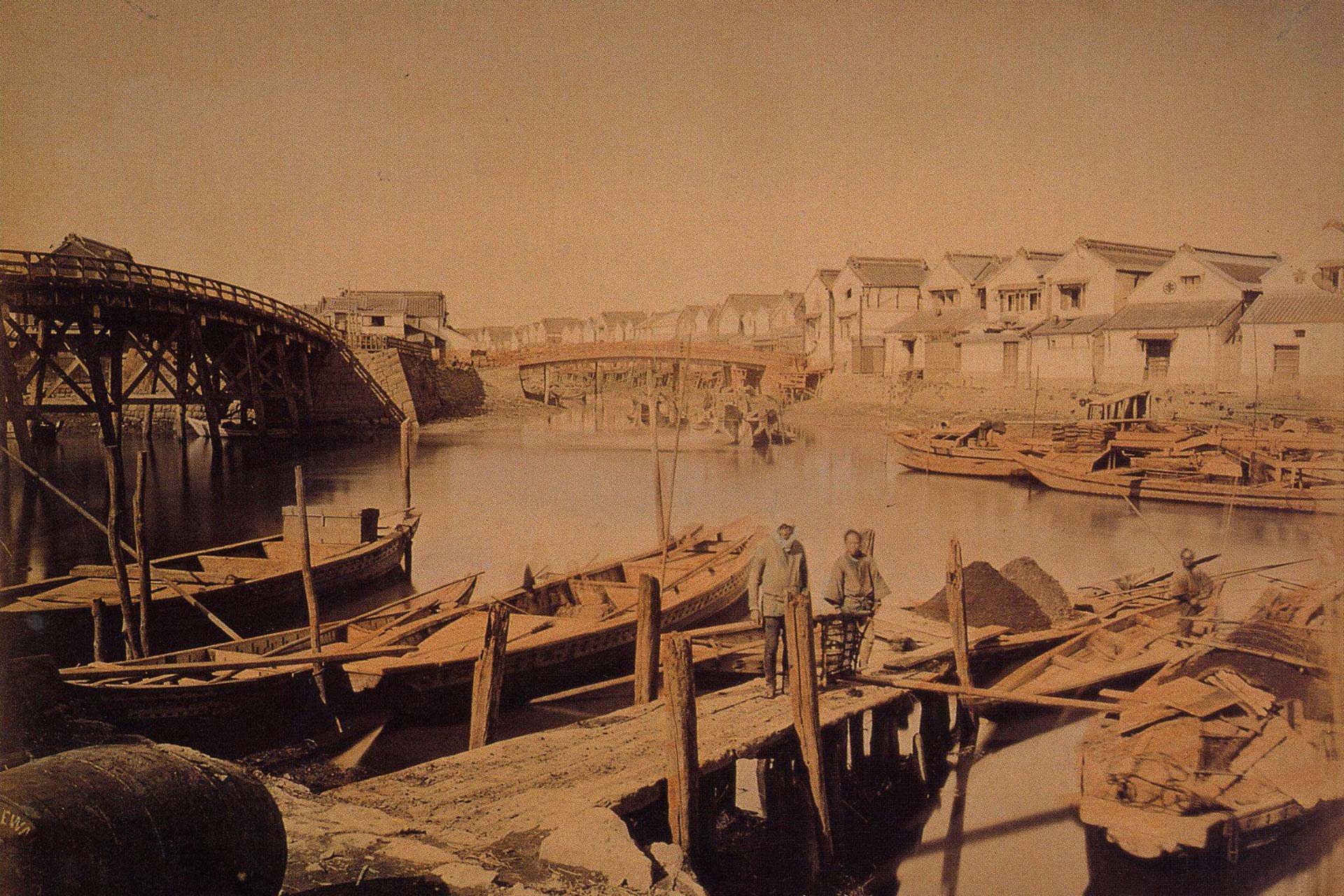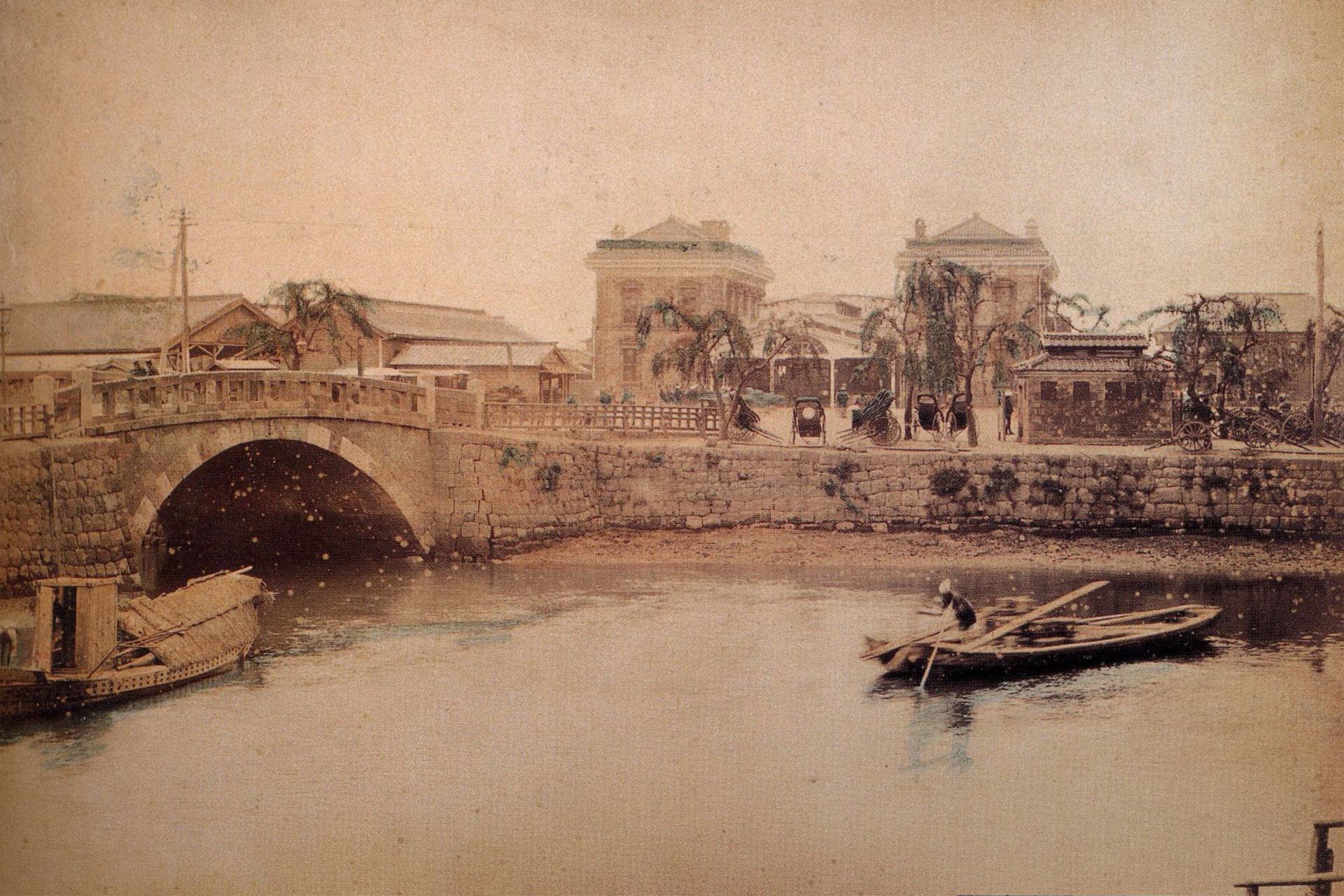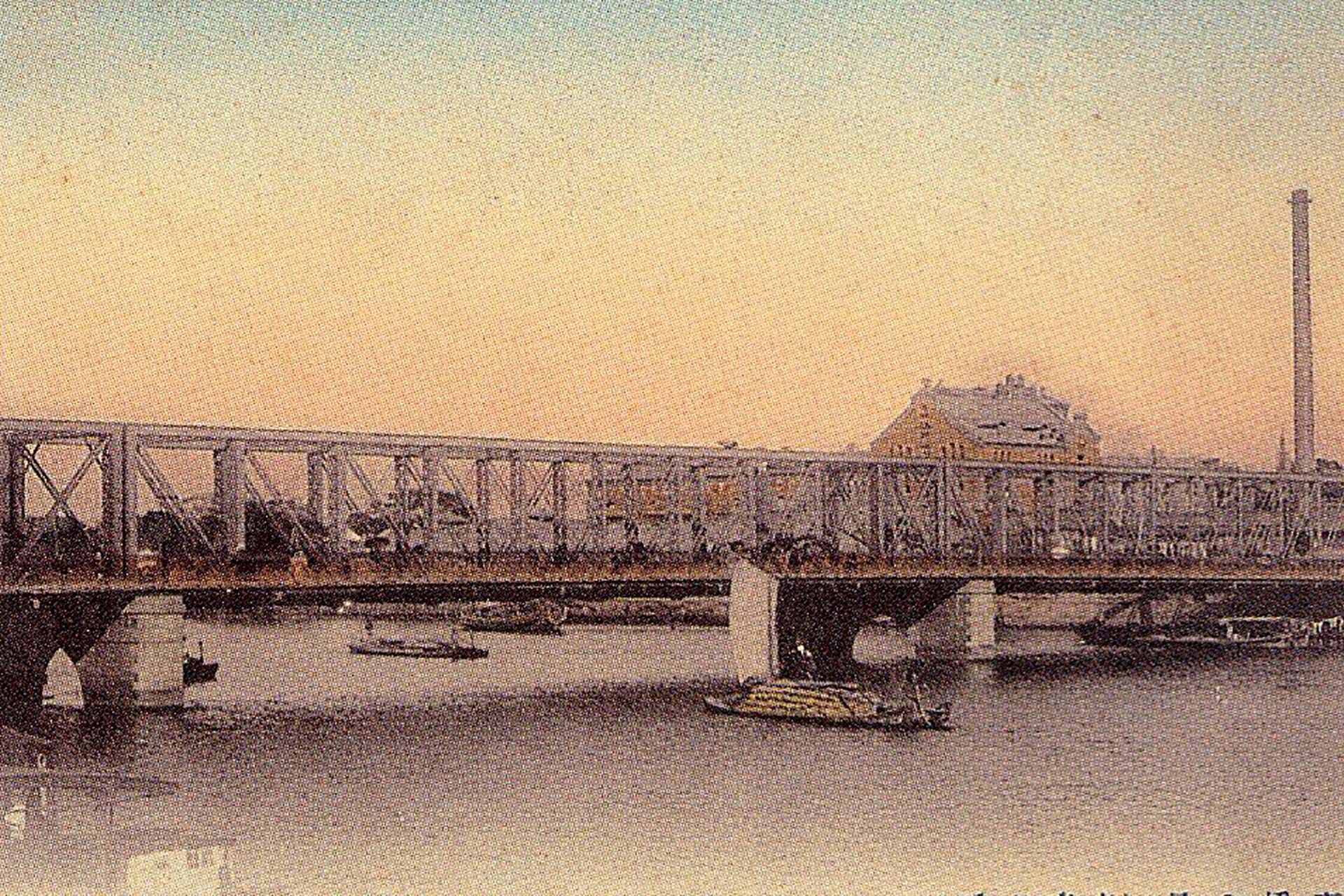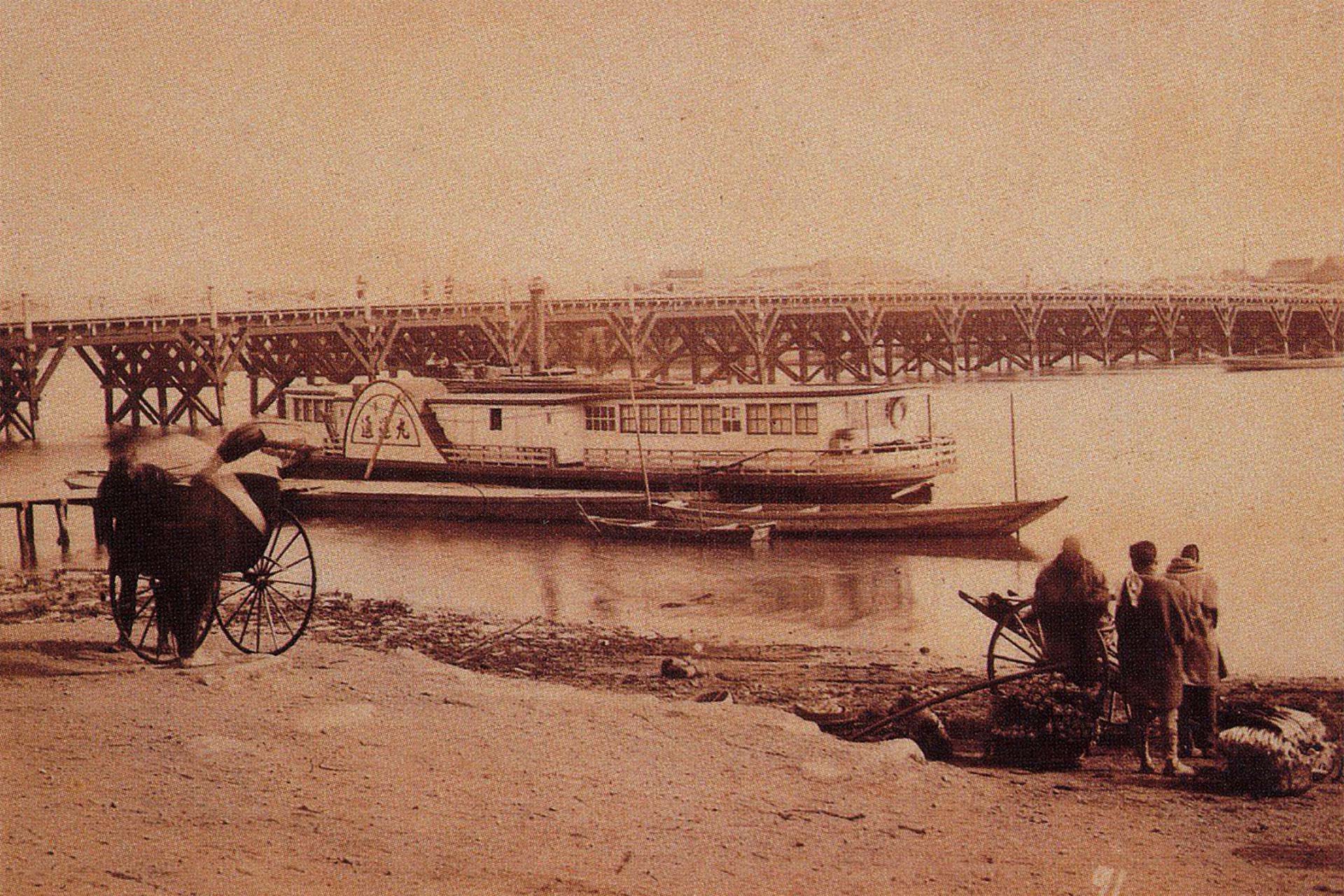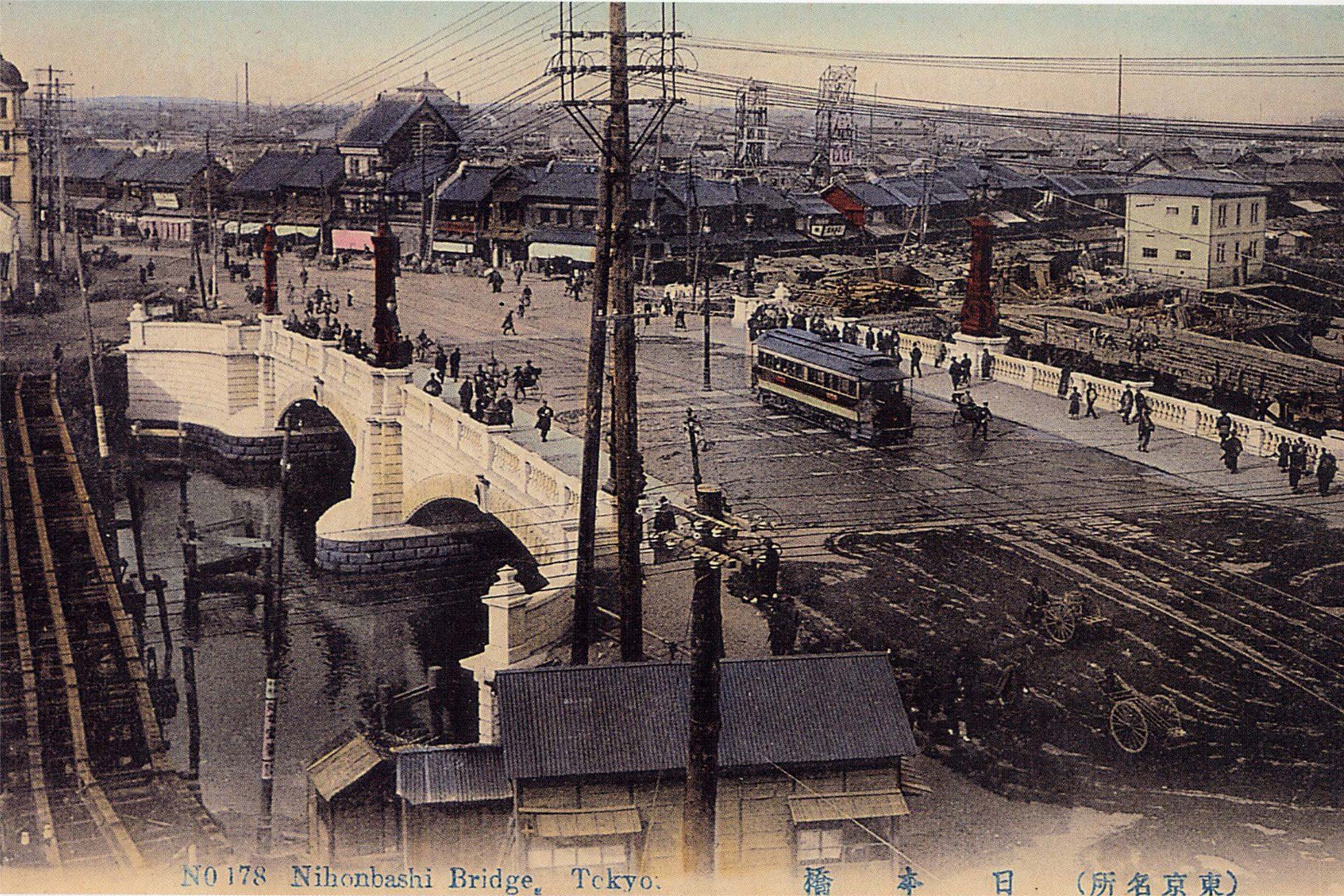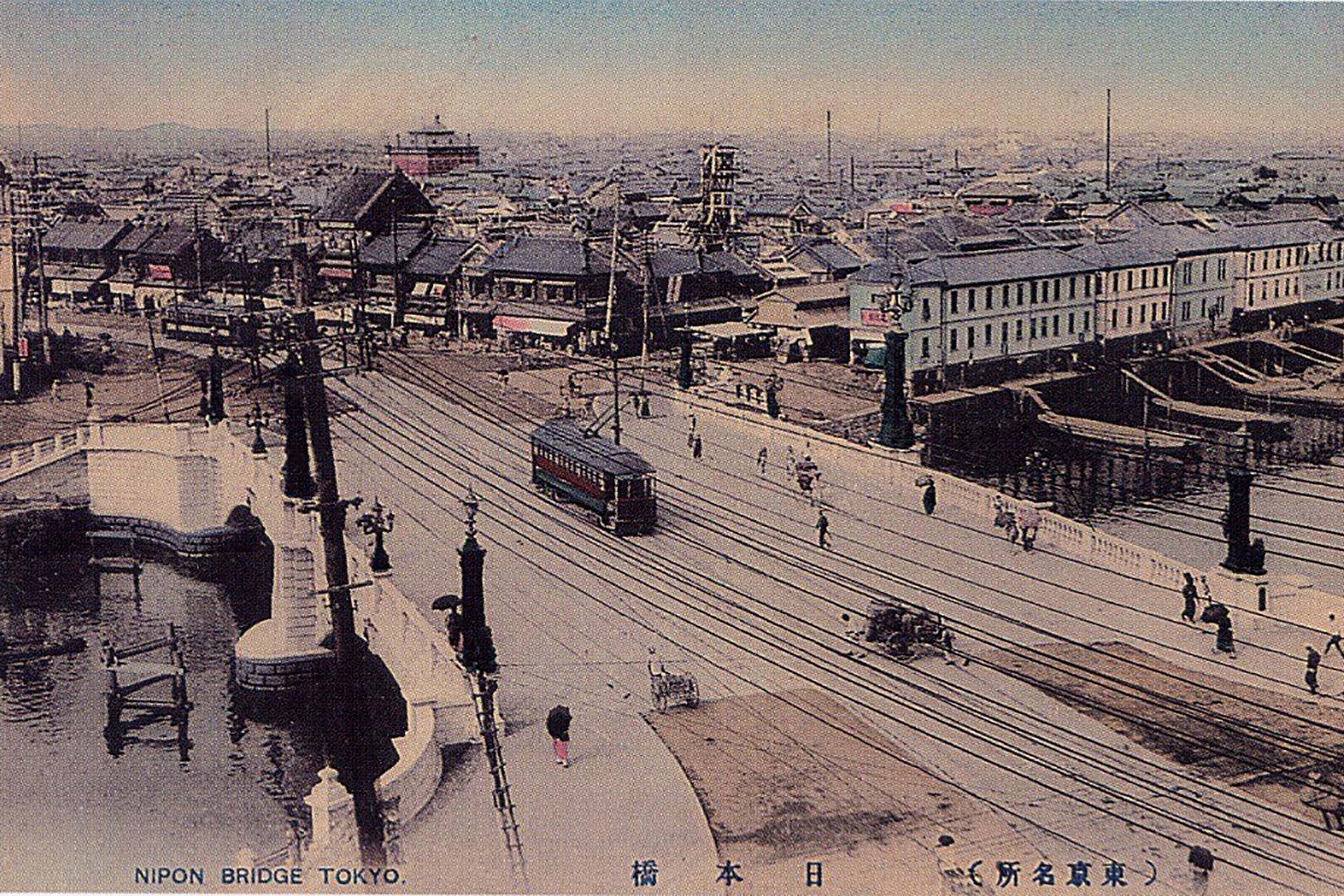Edo-Tokyo : From Samurai
In 1867, the Edo period ended and the new Meiji period began.
In the Edo period, there was discrimination based on the social status of the samurai, farmers, craftsmen, and commerce, so the place of residence was determined by the social status.
Most of the area around Edo Castle was samurai land, and townspeople’s land and temples and shrines were almost non-existent.
Neighborhoods were created in the Nihonbashi and Kyobashi neighborhoods across the moat, clearly demarcating residential areas.
Samurai land, temples and shrines, and townspeople’s land had different government offices and laws under their jurisdiction.
Even within the samurai estates that were owned by the shogunate, there was a clear division between the residences of the hatamoto and the feudal lords’ residences.
In the Meiji era, most of the samurai land became land for military use and government offices.
A large area was taken for the army, and it was laid out so as to surround the imperial castle. In the Meiji period, the shogunate-centered shogunate system changed to the emperor-centered political system.
Along with this, the army was also divided into the Imperial Guard to protect the Imperial family and the army to fight both inside and outside the country, showing a strong intention to protect the imperial castle.
Photo : “Old Photos, From Edo to Tokyo, Takeshi Ozawa and Risei Suzuki, Sekai-Bunka Company”
Edo Tokyo Samurai Army
DATA
- Category:
Urban
- Type:
Research, City plan
- Location:
Tokyo
- Team:
YDS
- Size:
-
- Status:
Completed
